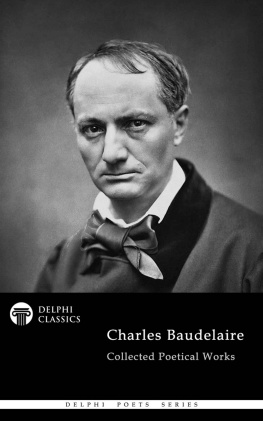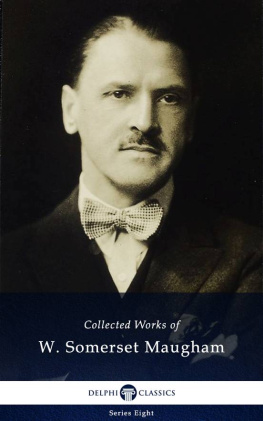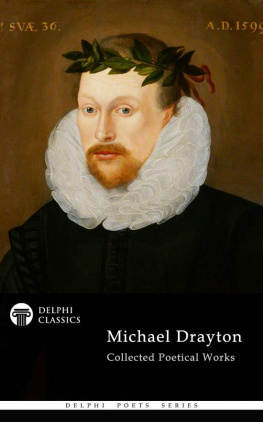The Collected Works of
OUIDA
(1839-1908)

Contents

Delphi Classics 2017
Version 1


Browse our Main Series

Browse our Ancient Classics

Browse our Poets

Browse our Art eBooks

Browse our Classical Music series

The Collected Works of
Maria Louise Ram
OUIDA

By Delphi Classics, 2017
with introductions by Gill Rossini
www.gillrossini.com
COPYRIGHT
Collected Works of Ouida
First published in the United Kingdom in 2017 by Delphi Classics.
Delphi Classics, 2017.
All rights reserved. No part of this publication may be reproduced, stored in a retrieval system, or transmitted, in any form or by any means, without the prior permission in writing of the publisher, nor be otherwise circulated in any form other than that in which it is published.
ISBN: 978 1 78656 096 4
Delphi Classics
is an imprint of
Delphi Publishing Ltd
Hastings, East Sussex
United Kingdom
Contact: sales@delphiclassics.com

www.delphiclassics.com
Parts Edition Now Available!

Love reading Ouida ?
Did you know you can now purchase the Delphi Classics Parts Edition of this author and enjoy all the novels, plays, non-fiction books and other works as individual eBooks? Now, you can select and read individual novels etc. and know precisely where you are in an eBook. You will also be able to manage space better on your eReading devices.

The Parts Edition is only available direct from the Delphi Classics website.
For more information about this exciting new format and to try free Parts Edition downloads , please visit this link .
The Novels

Bury St. Edmunds, a market town in Suffolk, c. 1860 Ouidas birthplace. Ouida was the pseudonym of the English novelist Maria Louise Ram, derived from her own childish pronunciation of her given name Louise.

Bury St. Edmunds today
Held in Bondage

OR, GRANVILLE DE VIGNE
Ouidas first novel was published in three volumes in 1863, though it had previously been released in serial form as Granville de Vigne in The New Monthly magazine from January 1861 to June 1863, as was the common practice at the time. The author was only twenty-four years old at the time, but was later to claim that this was not her first attempt at writing and that her 1867 novel Idalia was written when she was just sixteen. Held in Bondage contains some of the classic features of the sensationalist novels that were so popular in the 1860s - melodrama, high romance, alpha males and beautiful women in archetypal wealthy and exotic settings, seen by critics as offering middle class, aspirant readers a glimpse of an exalted lifestyle they could never afford. Ouida is not afraid to play with gender roles and her explorations of femininity in men and masculinity in women, were considered avant-garde at the time. Her melodramatic style and challenging of contemporary societal boundaries was not always well received; a few years later, a reviewer in the Pall Mall Gazette of 4 May 1866 complained about the derivative nature of her latest novel, demanding that Ouida be held head downwards in a pailful of melted perfumed butter, which is to her as the malmsey was to Clarence. Never one to be influenced by critics, the formula of dashing hero, beautiful women, military exploits, luxury and romantic intrigue was to be used again by Ouida in her most famous novel, Under Two Flags , to great effect.
The narration of this novel is partly done through the author and partly by young dandy, Arthur Chevasney, whom we meet with his friends at the opening of the story. As a young schoolboy, Chevasney meets the eighteen year old Granville de Vigne and is smitten by the latters fine features and slim build. De Vigne is proud, haughty, spirited and like a gladiator who only needs his arena in order to excel, or a spirited race horse that wants to be let loose to run as fast as he can; he never did anything by halves and his moods can be polarised - sometimes moody, imperious, spoilt and demanding, but also sweet tempered when the mood takes him. An exotic amalgam of male and female, he is easy to fall in love with and Chevasney does just that, even though de Vignes affairs, albeit short lived, are all with women. De Vigne also has a fascination with war and his ambition is to fight heroically for his country.
De Vignes best friend is not Chevasney, however; his closest male companion is fellow dandy, Vivian Sabretasche, a gifted artist but also a beautiful, androgynous dilettante that attracts men and women in equal measure, yet he too desires to go to war to demonstrate his masculinity. All the dandies in the story have a demeaning attitude towards women, seeing them as empty-headed beauties lacking in individuality and so their relationships with females tend to be short and exploitative. De Vigne divides women into two types adventuresses, who pander to his baser instincts and virtuous women, whose preachings on morality only goad him to even greater sins; in the narrative, the first woman whose affections he toys with is singer Violet Molyneux. The men refer to women in a derogatory manner, as if they are models of cars The Molyneux, Little Tressilian and so on. Alma Tresillian is the young artist whom de Vigne cares for with patriarchal condescension and a hidden desire, but regardless of Almas obvious devotion to him, he is aloof. Despite their arrogant attitude towards women and the lower classes in general, both men have a humiliating secret: they had both previously been lured into marriage with coarse and ambitious working-class girls. Naturally, they both bitterly regret their foolish actions, which apart from any other repercussions render them unable to marry an appropriate bride. How can the two men extricate themselves from their disastrous marriages to find love with a more suitable life partner?
Next page


























